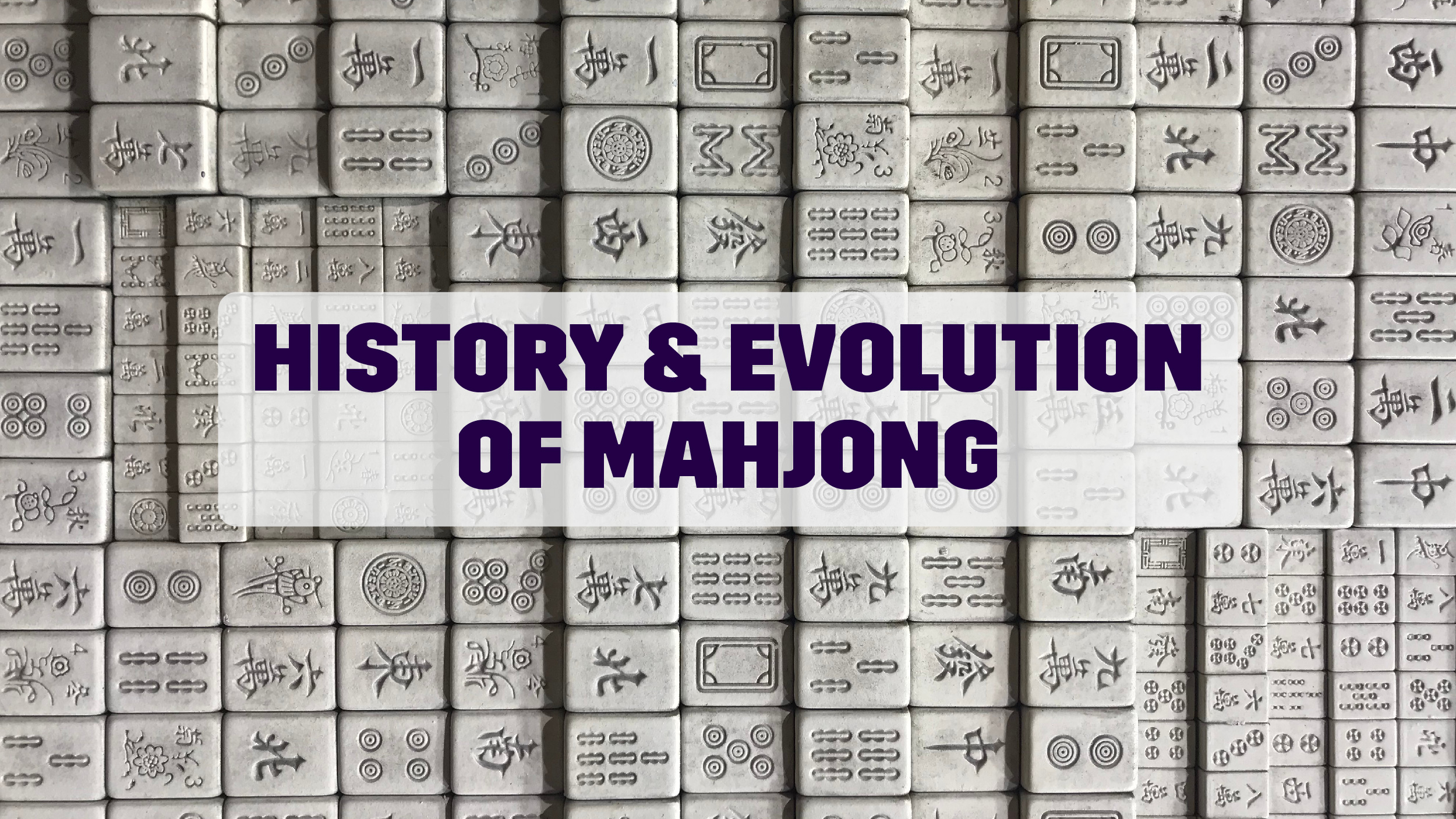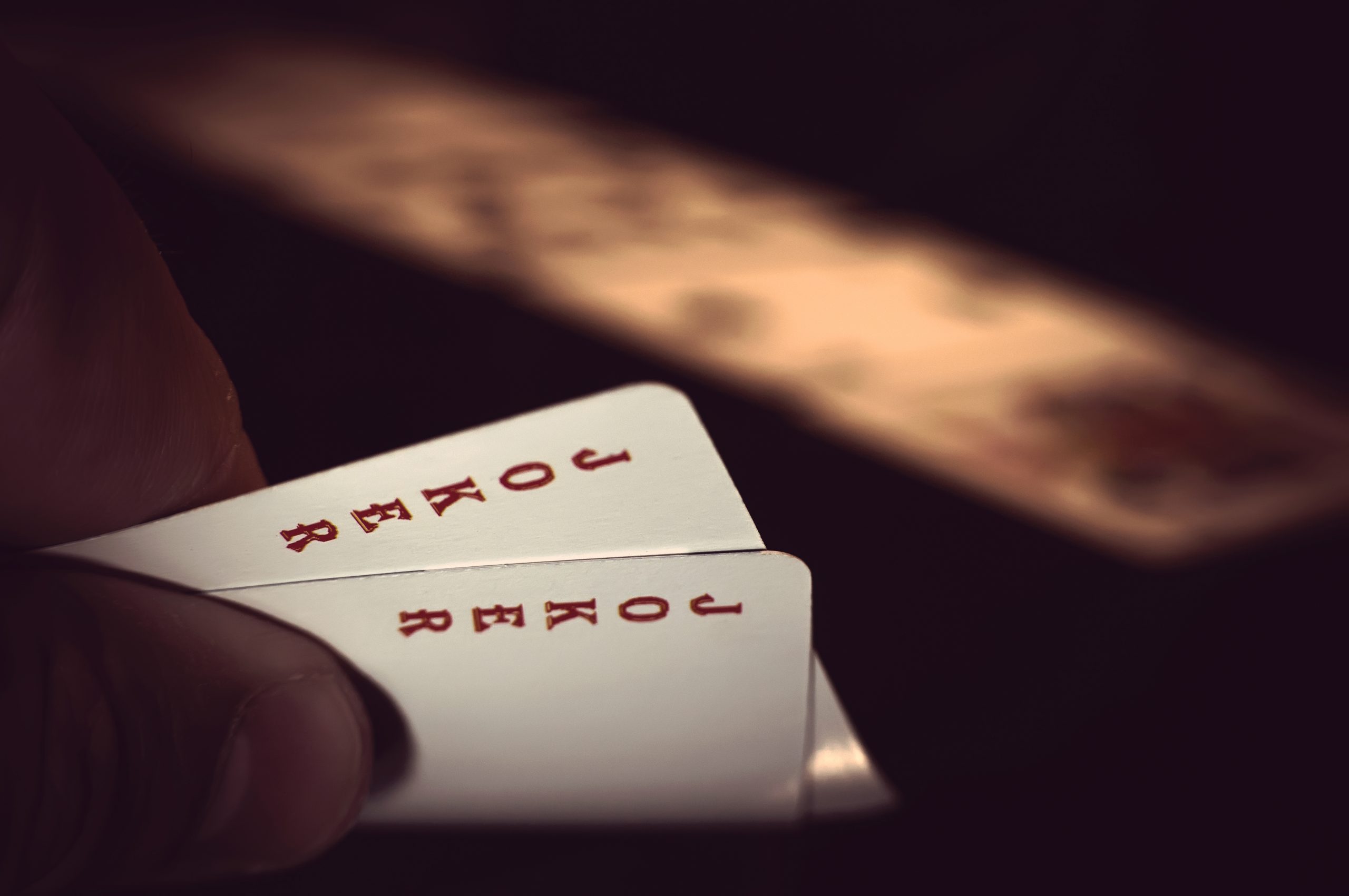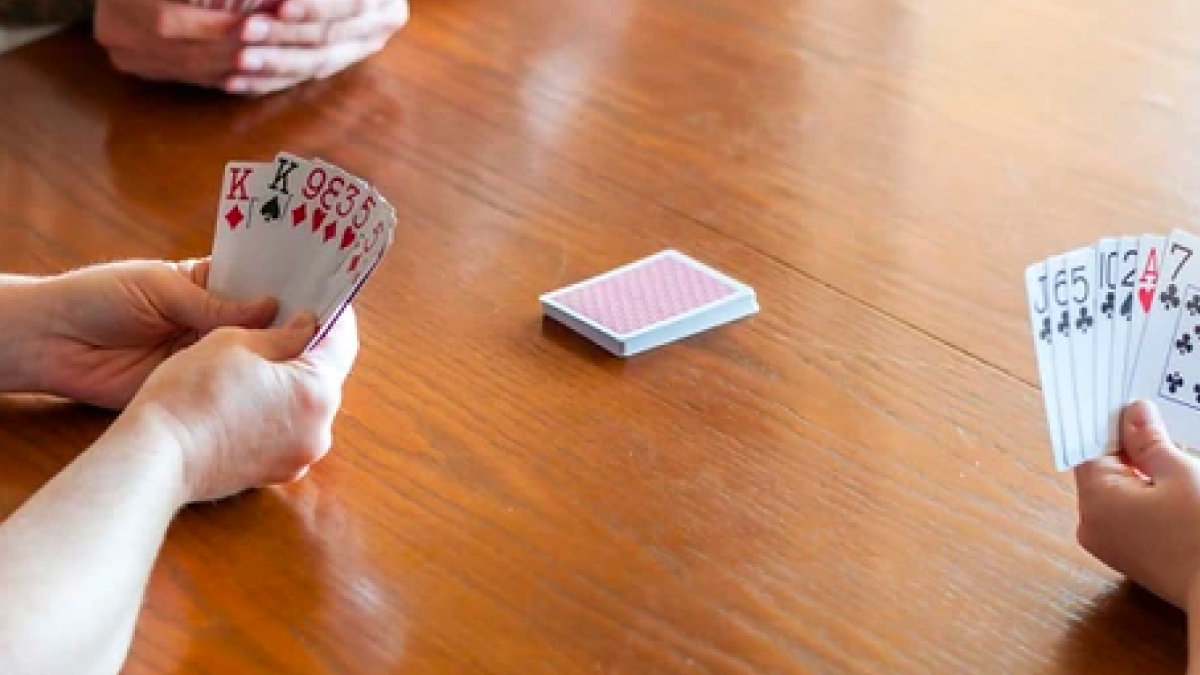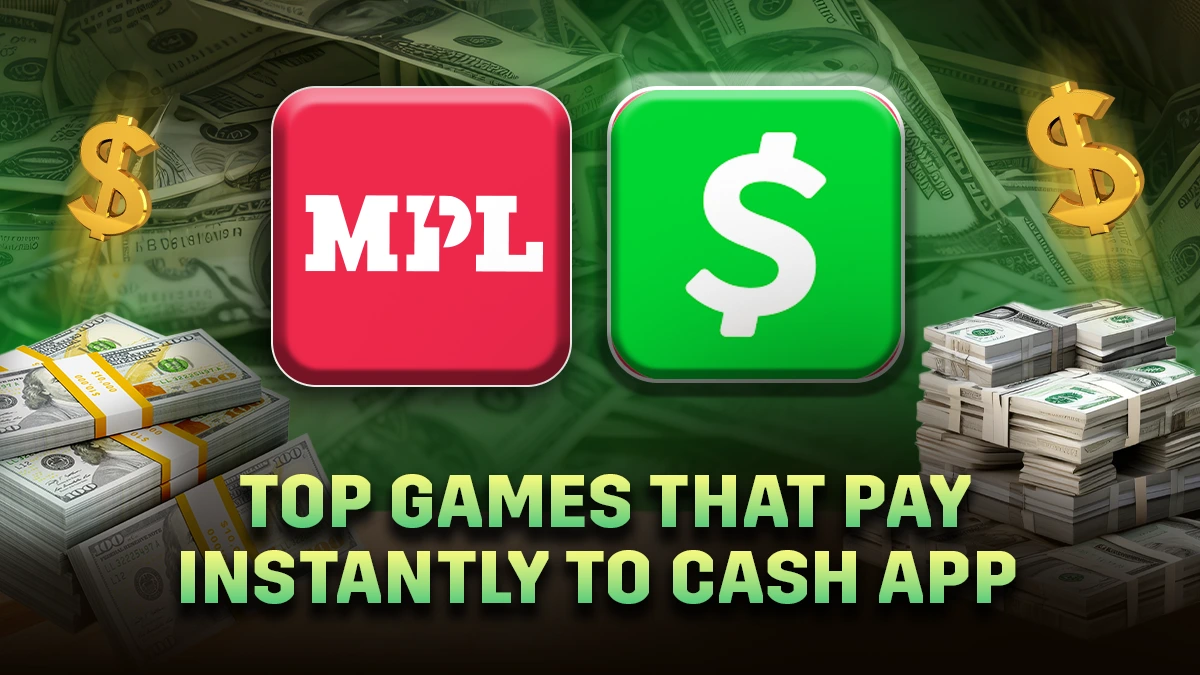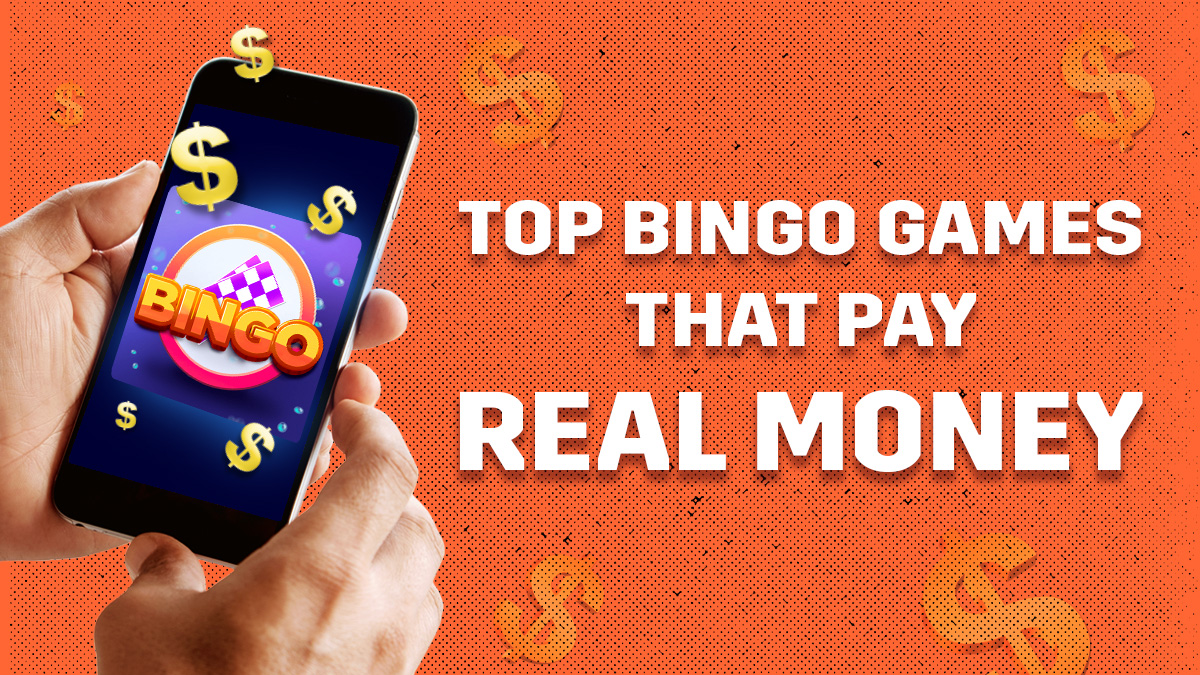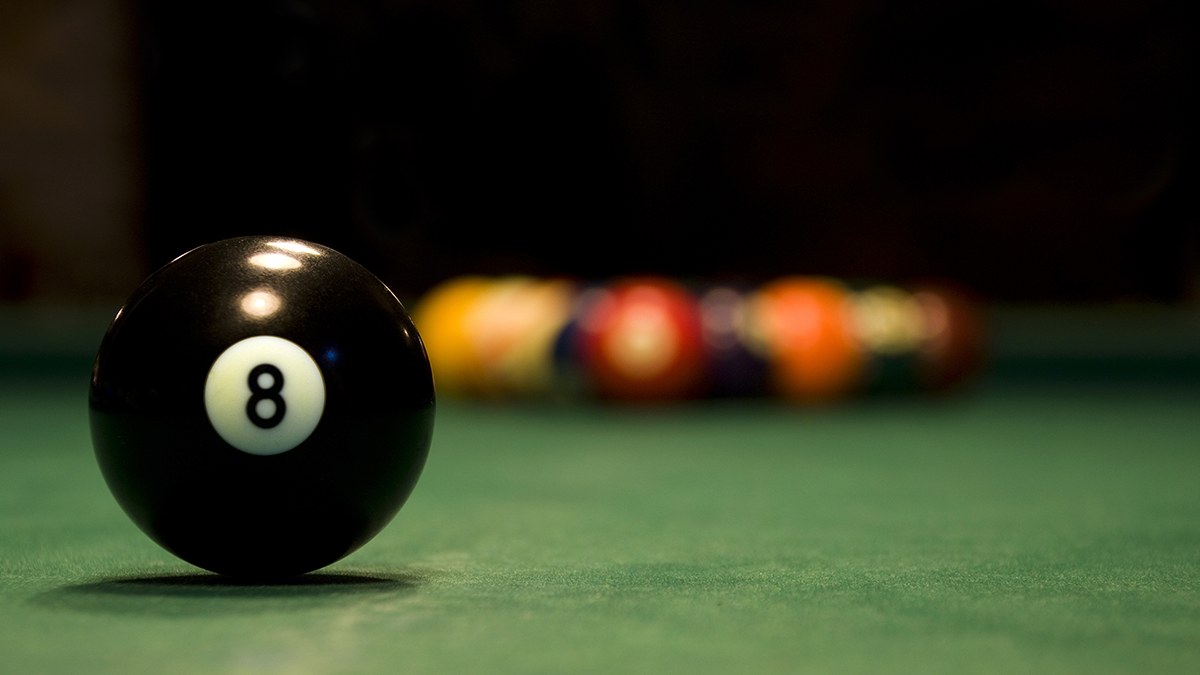Table of Contents
ToggleIntroduction to Mahjong Game
The version of today’s Mahjong is not as old as one thinks it is, even when older versions of the game may have existed in a different form for centuries. Mahjong is a traditional Chinese game playable between two to four players (though played by four players mostly). Memory, strategic tactics, and observation are needed to master this popular game that uses Mahjong tiles. Playing Mahjong is an everyday leisurely activity in households with multi-generational players at the same table.
The tile game of Mah Jong originated in China, but there is some level of debate as to its exact origins. Different variations of the Mahjong spelling exist in English, and a single word – Mahjong, collectively refers to it. The actual history of Mahjong is a much-debated topic among game enthusiasts. While some claim that the game’s history goes back 2,500 years, others assert that the game was invented in the 18th or 19th century due to the lack of historical records available before the 19th century about the game.
Beginning over a hundred years ago, this fascinating Chinese game and its unique game-play style spread to other countries. At present, there’s a minimum of forty known variants of Mahjong that exist globally. The US, Japan, and Singapore, among others, have developed their own versions of the game, reimagining it along the way.
Also Read: Learn How to Play Mahjong Online Today!
Origins of Mahjong in China: History of the Game
The mythological origin of Mahjong follows a rather interesting story. According to it, a beautiful woman lived in isolation during the rule of King of Wu. When boredom got the better of her, she began carving domino-shaped figures made out of bamboo and ivory. Once she completed making the figures, she invited all her maids to play. Much later, Confucius expanded the game with new rules and more shapes.
Mahjong, roughly translating to Chattering Sparrow, made people think that the game received its name owing to Confucius’ love for birds. The story says that the game was only entitled to the elite class and ordinary citizens playing the game amounted to breaking the law. Researchers believe that Mahjong draws inspiration from Dominoes and other ancient card games played in China. There are shreds of evidence showcasing the existence of these games in the country during the 10th and 11th centuries.
They also point to places of origin for Mahjong as Kiangsu, Shanghai, and Anhwei, as no other areas of China showed any records of the game till the 1900s. The probability of Western merchants propagating the story of Confucius to milk their customers is high, especially when the game made its way to America and other countries. The game’s written history begins in the 1880s when the Chinese enjoyed this game exclusively. When the game found takers in America and other nations starting with 1920, it shot to fame immediately, resulting in a global scarcity for ivory.
Ironically, the ruling regime in China banned the game entirely in 1949. The People’s Republic of China criminalized it and every other gambling game or activity. Those in power considered Mahjong and other similar games to represent capitalist corruption. The Cultural Revolution was responsible for bringing it back into play, excluding the gambling element. In 1985, Mahjong was legal to play once again, and people in China and other Chinese communities worldwide welcomed the decision wholeheartedly.
American Mahjong: An Influential Part of American Gaming and Culture
Even though American anthropologist Stewart Cullen published a paper in 1895 mentioning the game of Mahjong, the game did not form part of American culture until the 1920s. Abercrombie & Fitch was the first and foremost company selling Mahjong sets. It became such a smashing success in New York City, leading to its co-founder, Ezra Fitch, deciding to dispatch several emissaries to Chinese cities to purchase all possible Mahjong sets they could find. Due to the Mahjong craze, Abercrombie & Fitch sold close to 12,000 Mahjong sets.
Around the same time, in 1920, another man who helped add to the popularity of Mah Jong – Joseph Park Babcock – published a book laying out the game rules. Generally referred to as the “Red Book,” this book was titled Rules of Mahjong. Babcock, who learned how to play Mah Jong in China, simplified and streamlined the rules of Mah Jong to make it easier for Chinese Americans interested in playing the game.
Mahjong spread like wildfire around the 1920s as millions, propelled by the Chinese American communities in the United States, started playing it. After the fad ran its course, much of Babcock’s rules were discarded, and players returned to following the game’s original rules. In 1937, it became a lot more regulated with the creation of the National Mahjong League, abbreviated as NMJL. The League devised the first American rule book -“Maajh: The American Version of the Ancient Chinese Game.”
In its initial years of play in the United States, it was played mainly by Jewish American women. It is worth noting that the National Mah Jong League founders were all Jewish women. During and after World War II, the game became an integral part of their social life, with no gambling involved, unlike its Chinese counterpart. These Jewish women are also responsible for the most popular form of the game played currently, known as “American Mah Jong.”
The National Mah Jongg League, which conducted the first Mah Jong cruise tournament in 1986, is famous for hosting the 25th Silver Anniversary Cruise in 2010, where players flocked from all parts of the US and Canada to compete.
Mahjong Today
As a game, Mahjong has undergone a great deal of evolution over the decades. While playing the game on a table is still popular among Chinese Americans, especially the retired folk, it is debatable that the online version of Mahjong is undoubtedly the most prominent. Mahjong solitaire, for instance, uses a set of Mahjong tiles instead of cards. It is mainly played on a PC than over a physical tabletop.
A fun-filled, challenging online variant of Mahjong is playable on the MPL app. It’s typically a tile-matching game featuring different tile designs and layouts that the player must crack in 1-on-1 battles and tournaments. Every matched pair gets ten points for the player, unlocking the subsequent layer of tiles. The game goes on till the timer runs out, and the winner is decided based on a simple score comparison. Here comes the best part: you can win real money rewards playing Mahjong.
Wrapping Up
You’ve learned a few new things about Mahjong today, haven’t you? Now, it’s time to go and play the latest online version of the game on MPL and win incredible cash rewards.

